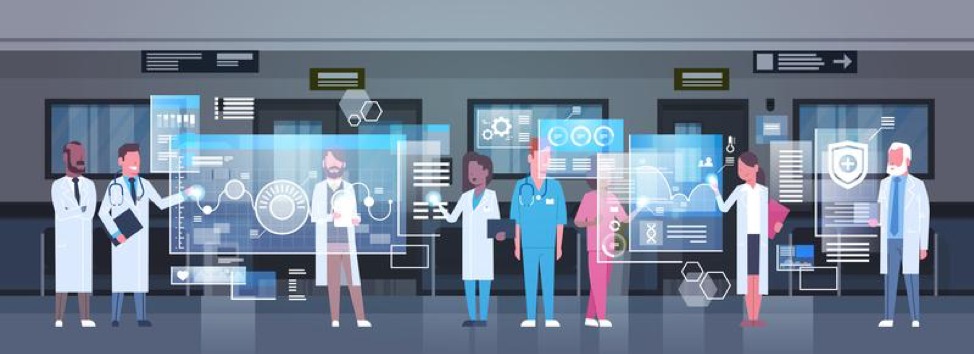There is no question that it can be a difficult time for you and all of your family members if you are undergoing a medical crisis. This is because it is a life-and-death situation. Naturally, this also means that researchers are motivated to find cures to these life-threatening conditions so that they are easily conquered, and the life of the patient is extended. This is something that everyone wants, and there are at least three medical advances that are important to note.
Blockchain
First of all, medical blockchain technology can be a tremendous asset to public health. By promoting a shared stream, it can help those in the medical staff to identify pandemics and other medical outbreaks and be able to treat them faster. Secondly, it is good for data security and managed consent. This means that unauthorized people cannot access just any patient’s medical records. Additionally, managed consent means that the patient can pick whomever they want to have the ability to access their medical records. Blockchain advances also have the advantage of a simplified claim processing interface and data that is patient-generated. Finally, features such as Azure Blockchain Workbench allows people to create blockchain applications in days instead of months.
Nanotech
Nanotechnology simply means that computers are getting smaller and smaller. The nanomedicine market is expected to grow to 350.8 billion dollars by 2025. As just one example, nanomachines are slated to become extremely effective at detecting, diagnosing and engaging in the treatment of various forms of cancer better than chemotherapy or any doctor could. Nanotechnology is slated to save literally millions of lives, and yes, it is definitely on its way to becoming a reality. Indeed, physicists have actually even built a microscopic engine just from a single atom.
Brain-Machine Interfaces
This new technology was first showcased during the Obama administration. Basically, a brain-machine interface will be a boon for those who need artificial limbs or other prosthetics. It will also encompass invasive and non-invasive technologies. Naturally, individuals of normal health will usually only receive the non-invasive technologies and those who have an underlying medical condition will receive the more invasive brain-machine interface.
What does this mean to you and me? Actually quite a few things. First and foremost, it means that we are truly living in a great time to be alive. Simply put, if we play our cards right it means that we will soon live in an age where life spans are greatly extended.
For more cool technologies, read this next: 3 Ways Medical Technology is Advancing by the Day



